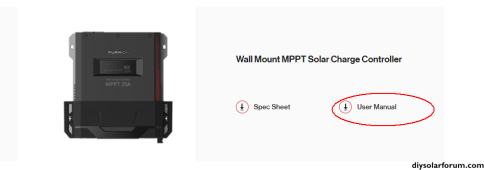Hi folks. I'm new here and drinking through a fire hose.
I've been doing some searching and I don't really understand enough to know what is meaningful and it would help if someone could get me pointed in the right direction.
I have a Grand Design Transcend Xplor travel trailer. it has Furrion solar equipment, including a 165-watt panel and a 25A MPPT. it has a dealer-installed lead acid battery and I want to upgrade the battery to a 230ah LiFePO4.
What I don't understand is how the MPPT impacts the system. I know it has a setting to allow me to install the LiFePO4 by dropping it in and swapping out the cables. How does an MPPT impact the charging of my battery? Do I need to upgrade? Can someone point me to some specific literature or videos that will allow me to head down the correct rabbit hole?
I appreciate the help
I've been doing some searching and I don't really understand enough to know what is meaningful and it would help if someone could get me pointed in the right direction.
I have a Grand Design Transcend Xplor travel trailer. it has Furrion solar equipment, including a 165-watt panel and a 25A MPPT. it has a dealer-installed lead acid battery and I want to upgrade the battery to a 230ah LiFePO4.
What I don't understand is how the MPPT impacts the system. I know it has a setting to allow me to install the LiFePO4 by dropping it in and swapping out the cables. How does an MPPT impact the charging of my battery? Do I need to upgrade? Can someone point me to some specific literature or videos that will allow me to head down the correct rabbit hole?
I appreciate the help






